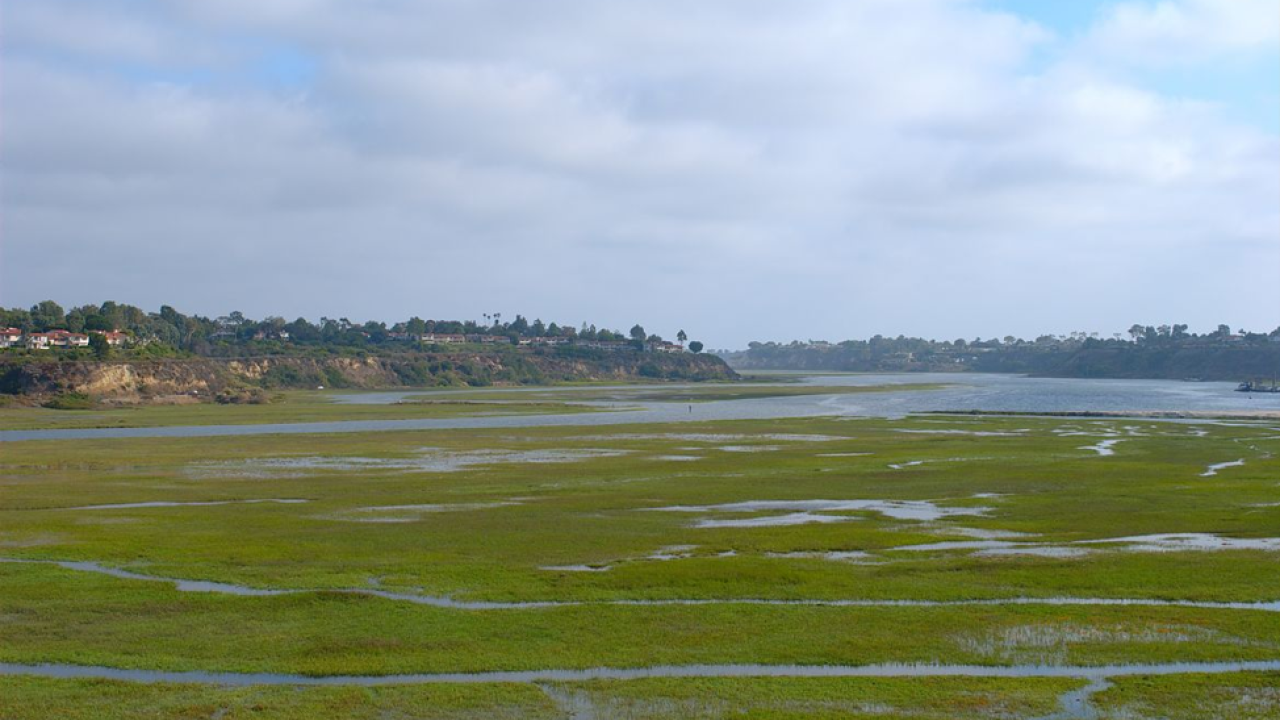There are an estimated 23 million people living along the pacific coast from Tijuana, Mexico to Santa Barbara, California. Collectively, this generates massive amounts of human waste. Previous research on the role of human pollution in producing oxygen-depleting algae blooms has focused on agricultural runoff.
However, a new study, from lead author Faycal Kessouri (Southern California Coastal Water Research Project Department of Biogeochemistry, UCLA Department of Atmospheric and Oceanic Sciences) and James McWilliams (UCLA Department of Atmospheric and Oceanic Sciences, UCLA Institute of the Environment and Sustainability), shows that major cities can also be a leading cause of these pollution catastrophes.
In coastal cities, urban sewage is cleaned in water treatment facilities which remove potentially harmful chemicals. Despite still containing nitrogen, the waste is assumed to be ecologically safe when discharged deep below the ocean’s surface (approximately 50 meters, or 154 feet). The problem now being noted is that the lower density of freshwater sewage and coastal upwelling — the rise of deep cold, nutrient-rich water — causes nitrogen rich wastewater to rise to the surface. Once at the surface, algae use the nitrogen to grow unnaturally fast. As they decompose, oxygen levels are depleted which makes it difficult for other organisms to continue living in the ecosystem.
The UCLA-led study showed that 97% of nitrogen added to the ocean originated from human wastewater. Simulations based on these pollution levels showed that phytoplankton populations, a type of algae, would be half their current levels in the absence of human sewage pollution.
Read more about this study and its implications at UCLA Newsroom.
Study authors:
Faycal Kessouri, Southern California Coastal Water Research Project, Department of Biogeochemistry; UCLA, Department of Atmospheric and Oceanic Sciences
James C. McWilliams, UCLA, Department of Atmospheric and Oceanic Sciences; UCLA Institute of the Environment and Sustainability
Daniele Bianchi, UCLA, Department of Atmospheric and Oceanic Sciences; UCLA Institute of the Environment and Sustainability
Martha Sutula, Southern California Coastal Water Research Project, Department of Biogeochemistry
Lionel Renault, UCLA, Department of Atmospheric and Oceanic Sciences; Institut de Recherche et de Developpement, Laboratoire d’Études en Géophysique et Océanographie Spatiale
Curtis Deutsch, University of Washington, School of Oceanography
Richard A. Feely, National Oceanic and Atmospheric Administration, Pacific Marine Environmental Laboratory
Karen McLaughlin, Southern California Coastal Water Research Project, Department of Biogeochemistry
Minna Ho, Southern California Coastal Water Research Project, Department of Biogeochemistry
Evan M. Howard, University of Washington, School of Oceanography
Nina Bednaršek, Southern California Coastal Water Research Project, Department of Biogeochemistry; Marine Biological Station Piran, National Institute of Biology
Pierre Damien, UCLA, Department of Atmospheric and Oceanic Sciences
Jeroen Molemaker, UCLA, Department of Atmospheric and Oceanic Sciences
Stephen B. Weisberg, Southern California Coastal Water Research Project, Department of Biogeochemistry





